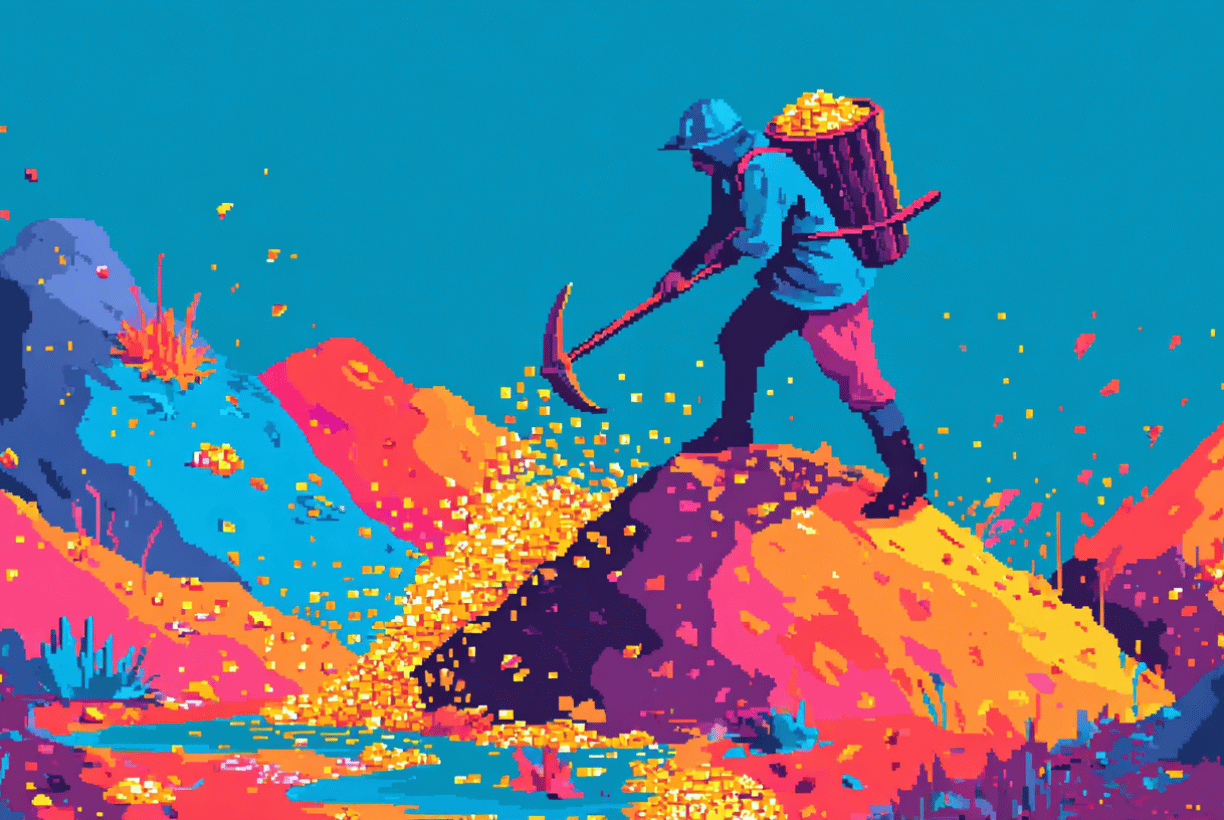Your customer's health score is green. Usage is up 15% this quarter. They just completed two training sessions. Everything looks great.
Also, they are planning a major reorg and vendor evaluation to cut costs, but haven't communicated any of this. You are on the chopping block.
This is the problem with over-relying on "data-driven" decision-making. CSMs are often told that data should drive everything, but data can't capture the human dynamics that actually determine whether an account renews. Your dashboard shows you completed actions. It doesn't always show you the champion who left, the CFO who's planning budget cuts, the reorg that's about to eliminate your buyer's department, or the executive who never wanted your tool in the first place.
TL;DR:
- Your dashboard shows symptoms; you diagnose the actual problem
- Your intuition from real customer work beats any algorithm's guess
- Data tells you what happened; your judgment tells you why it matters and what to do next
The data you have versus the data you need
CS teams build health scores with 30+ variables, and then nobody trusts them. Not because the math is wrong, but because the scores keep missing a significant component.
Watch what data captures versus what it misses:
- Data tells you: Support tickets increased → Intuition tells you: New team members are learning the product (actually good)
- Data tells you: Time in product dropped 30% → Intuition tells you: They finally automated their workflows like you suggested, so they're getting results faster (this is actually the outcome you wanted)
- Data tells you: Meeting attendance is 100% → Intuition tells you: Your champion used to participate actively but now sits quietly while a new VP does all the talking (there's a power shift and you're losing your advocate)
As one CS leader at Stripe put it: "There's no substitute for CSM sentiment." Your intimate knowledge of accounts is usually the strongest signal of health, despite all the data available.
Your brain is doing pattern recognition, not guessing
When you get that gut feeling that something's off with an account, you're not being irrational. You're processing hundreds of micro-signals from previous customer interactions.
The way they responded to your last email. How engaged they were in the QBR. The questions they didn't ask or answered in a decrypted language.
AI can analyze usage patterns, but it won't understand all the internal politics, the nuances of a recent reorganization, or the underlying hesitation a stakeholder might have (not yet, at least).
Your algorithm can be perfect, but your data can still be a mess, which might give a false sense of understanding. But more importantly, even with great data, it still can't tell the human story.
You've seen this play out. A customer with perfect metrics ghosts you. Another with mediocre usage becomes your biggest advocate. The difference? You understood what mattered to them beyond what showed up in your reporting.
Data creates questions, intuition answers them
Stop treating data and intuition like they're opponents you need to balance. They do completely different jobs.
Data shows you where to look. Your usage report flags that feature adoption is low. Good. Now what? Data can't tell you if that's because the feature is confusing, unnecessary for their workflow, or if they're doing something smarter that you should learn from.
That's where you come in:
- You're the one who knows that their team is understaffed right now
- You're the one who remembers they mentioned budget scrutiny in your last call
- You're the one who noticed the new stakeholder asking pointed questions about ROI
The most useful health scores balance quantitative data (what happened) and qualitative data (why it happened). If you only pay attention to the numbers, you miss the actual story.
A lot of this is changing with AI, but we are not there yet.
Be customer-informed, not data-driven
Here's the reframe: stop trying to be "data-driven" or "vibes-driven." Aim to be customer-led and data-informed. Data is the map. CSM judgment is the compass. You need both, but when you're navigating human relationships and business decisions, the compass is what actually gets you where you need to go.
Next time you're looking over your book of business, you can just look at your health scores, then ask yourself what they're not showing you.
- Who just got promoted and might have different priorities?
- Which accounts have gone quiet in a way that feels different?
- Where are you seeing surface-level engagement but sensing something's shifted underneath?
Those questions matter more than your dashboard can answer.
How to make this actually work
If you're nodding along but wondering how to do this, start by making CSM gut feelings official. Add a "CSM Health" field to your system—green, yellow, or red with one sentence explaining why. This field should carry weight in your reviews and can override what the numbers say. Track the human stuff that matters: Is your champion still there? What does the executive think? Is their budget tight? Did the company just reorganize? Make these real fields you can report on, not just things you remember.
Set up alerts for when accounts go quiet. If usage looks normal but they cancel meetings, send shorter emails, or a new person starts asking about costs—flag it automatically. This helps your whole team spot the pattern, not just you.
When you flag something based on your gut, write down why. What did you notice? What do you think is happening? Then after the renewal, note what actually happened. This shows your team (and your boss) that your instincts aren't random; they're based on real patterns.
Use your dashboard to determine which accounts to check. Then talk to the customer to figure out what's really going on and what to do about it.
Simple rules:
- If data and CSM sentiment disagree → trust sentiment, investigate fast
- If both agree → act decisively
- If unclear → get closer to the customer (exec touch, stakeholder map, value recap)
Data is the map. Customer understanding is the compass. You'll need both, but only one can steer.



.png)


